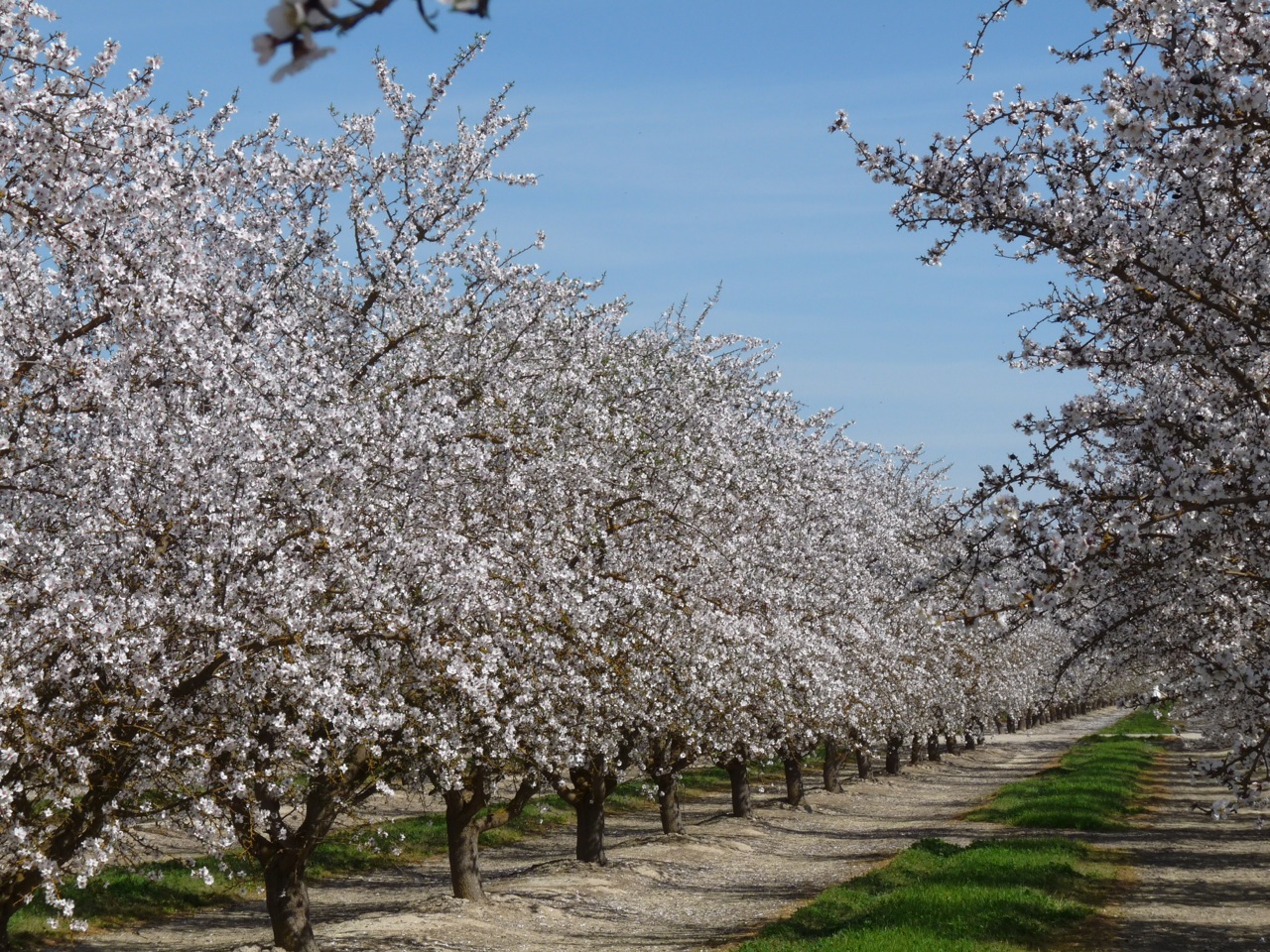Elaine Trevino to Head Almond Alliance of California
Trevino Chosen After Big Search
By Patrick Cavanaugh, Farm News Director
The Almond Alliance of California (AAC) has named Elaine Trevino as its new President and CEO. Trevino will provide oversight of the organization’s operations, communications, government relations and overall advocacy efforts on behalf of California’s almond industry.
In addition, she will manage the organization’s various industry strategic partnerships, initiatives and memberships across the state of California. Based in Modesto, Trevino will report directly to Brad Craven, Chairman of the Almond Alliance of California, and general manager of Superior Almond Hulling of Cantua Creek, CA.
“We are excited to have Elaine be part of our team,” Craven said in a news release. “She brings a wealth of experience, statewide relationships, extensive community outreach, public policy, government affairs and strategic partnerships. We look forward to having her contribute to the continued advocacy efforts of California’s almond industry. In looking for a new president of the Almond Alliance, we knew that the almond industry has enjoyed a lot of success, making this position attractive to a large pool of candidates. In order to enjoy continued success, our organization will also need to take on any challenges or threats head-on, with integrity and confidence. This is what Elaine brings to the Almond Alliance.”
Most recently, Trevino was President of California Strategic Solutions, a consulting company focused in business development, community outreach and delivering comprehensive strategies for complex issues. Trevino has diverse experience in both the public and private sectors in the areas of agriculture, transportation, community development and technology. She is a recognized leader in the Central Valley and understands the importance of strong bi-partisan relationships. Equally important, Elaine understands the value of communication and outreach to all segments of the California almond community.
Chairman Craven praised Interim President Andrea York for her efforts over the past few months.
“The board deeply appreciates Andrea stepping up from her busy role as Government Affairs Manager and taking on the additional responsibilities as Interim President,” he said. “We look forward to Andrea working closely with Elaine on the broad range of issues vital to the almond community.”
















